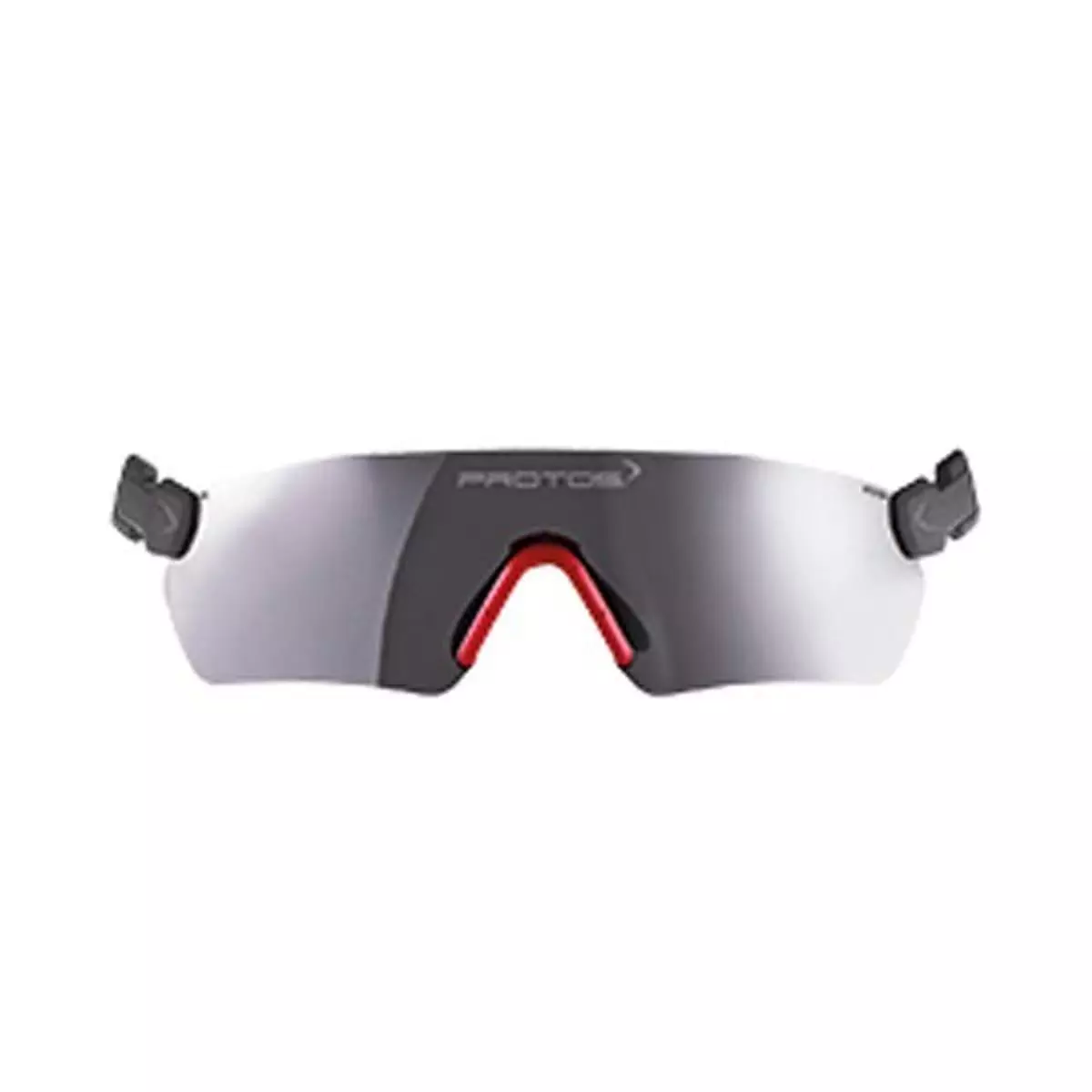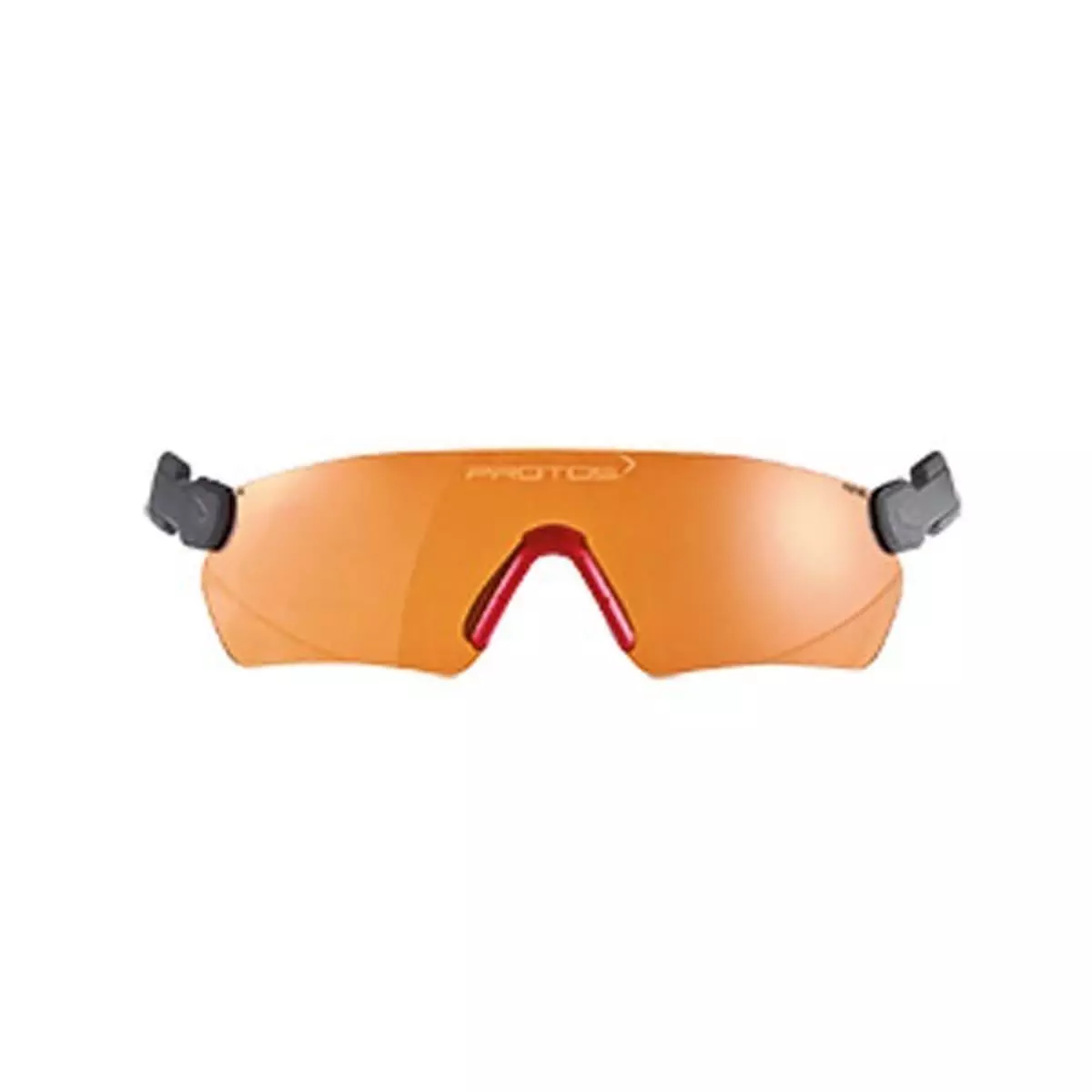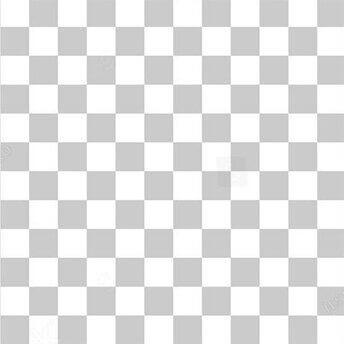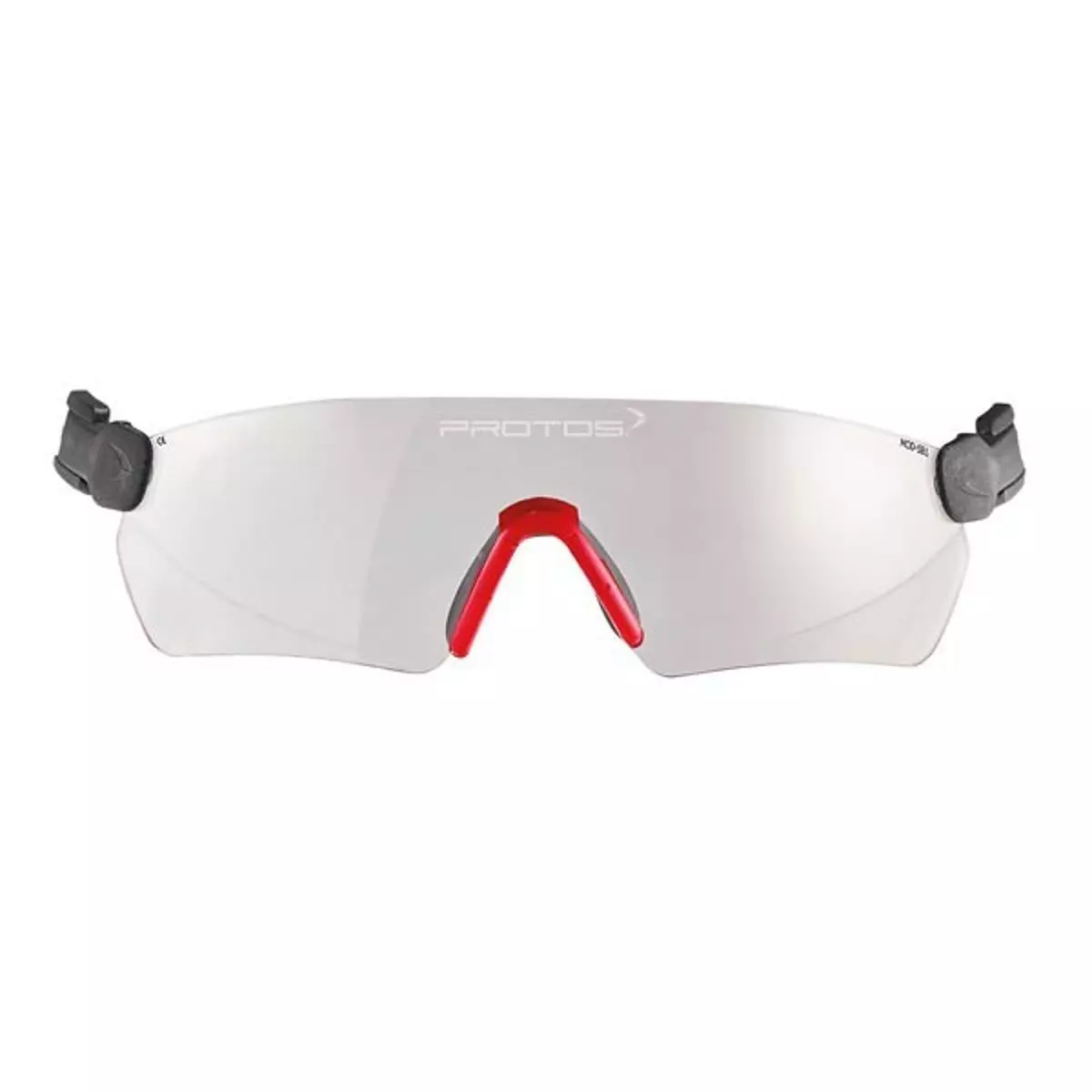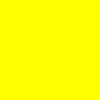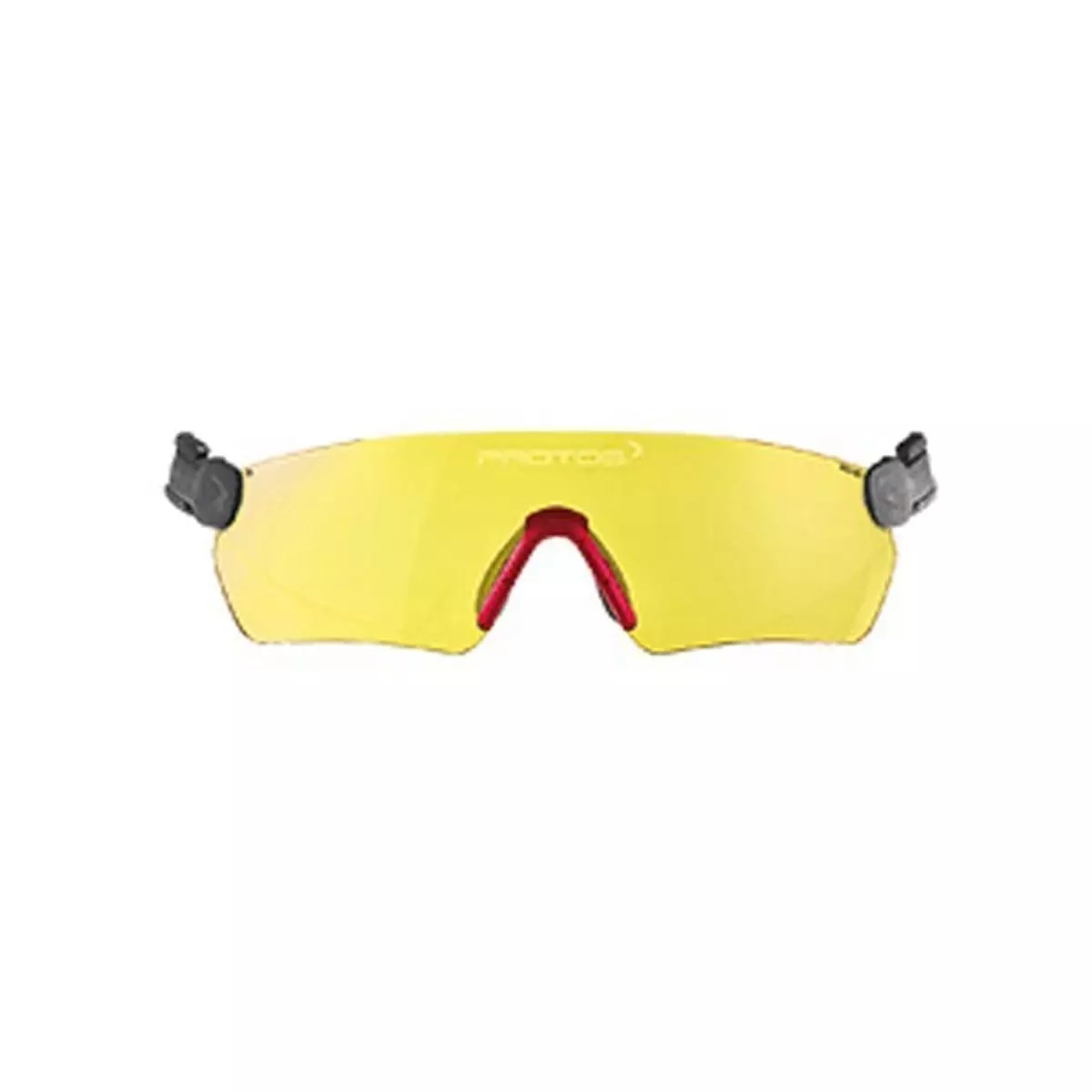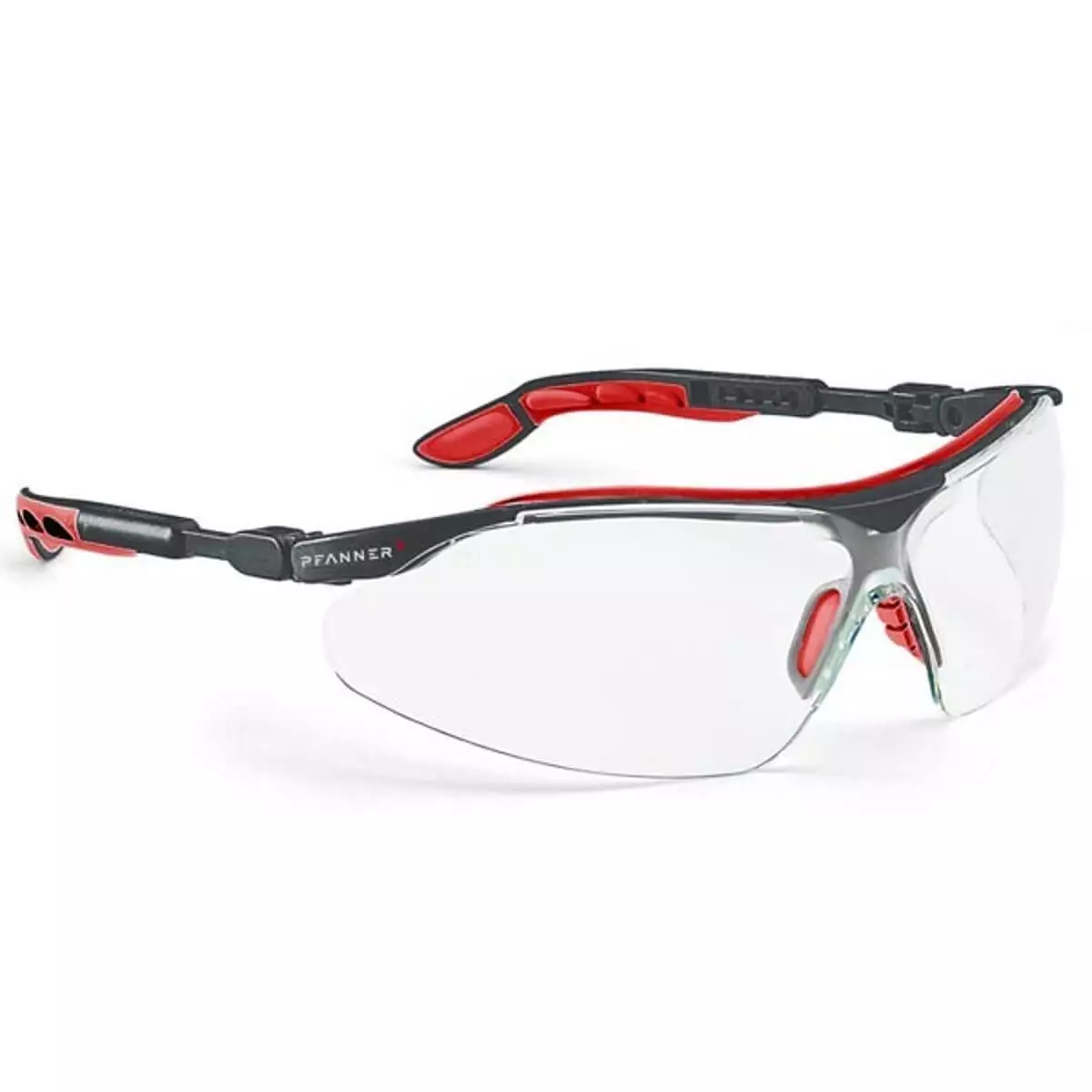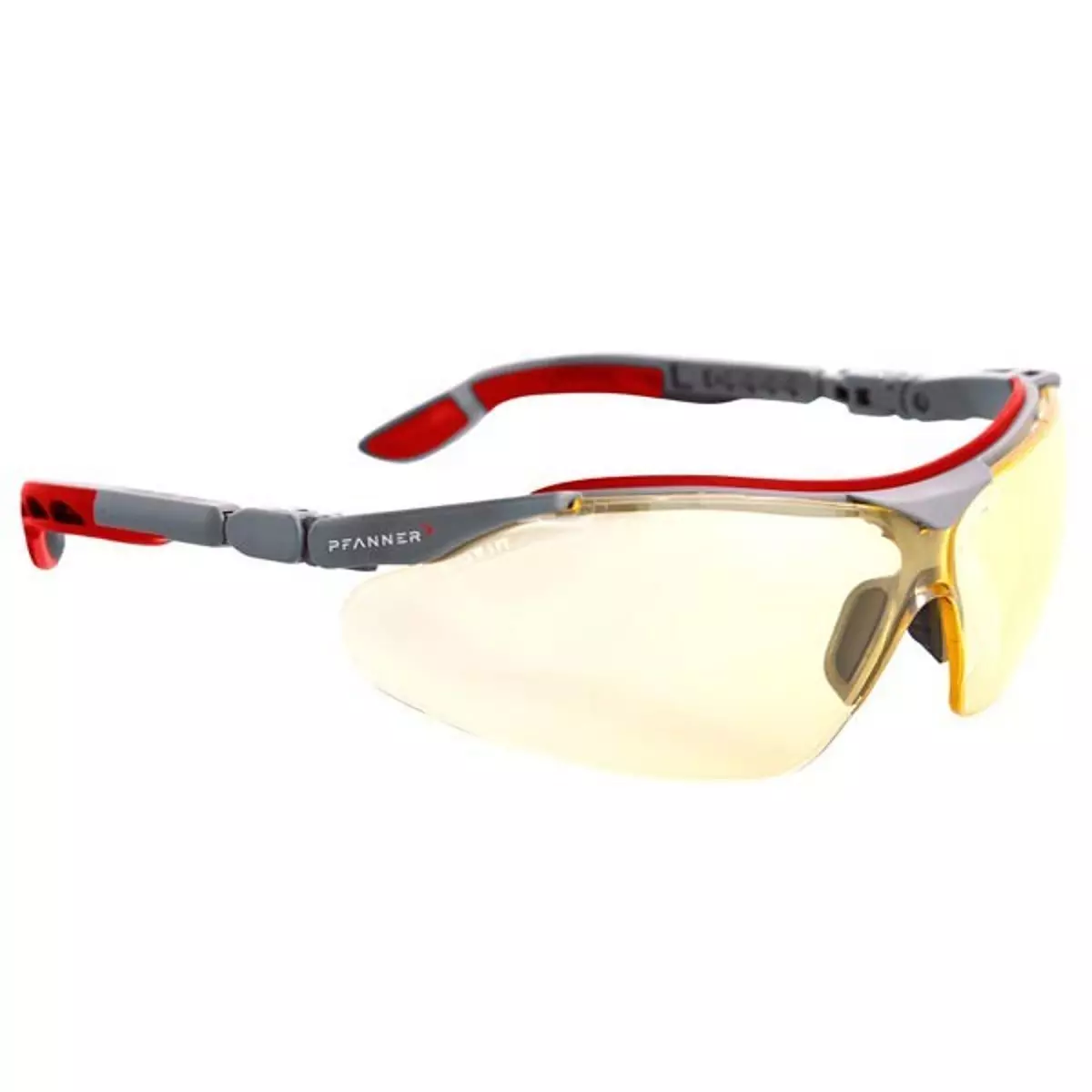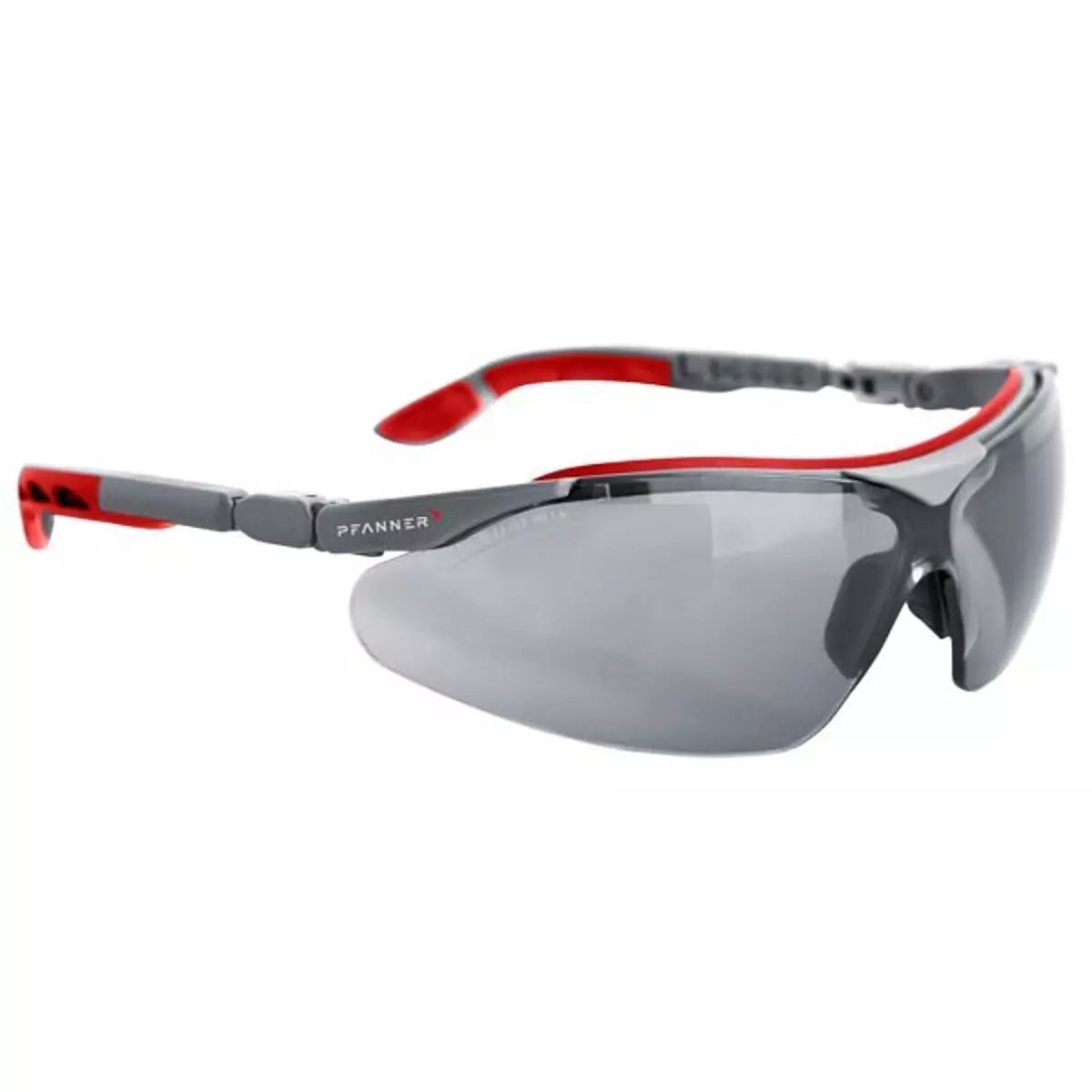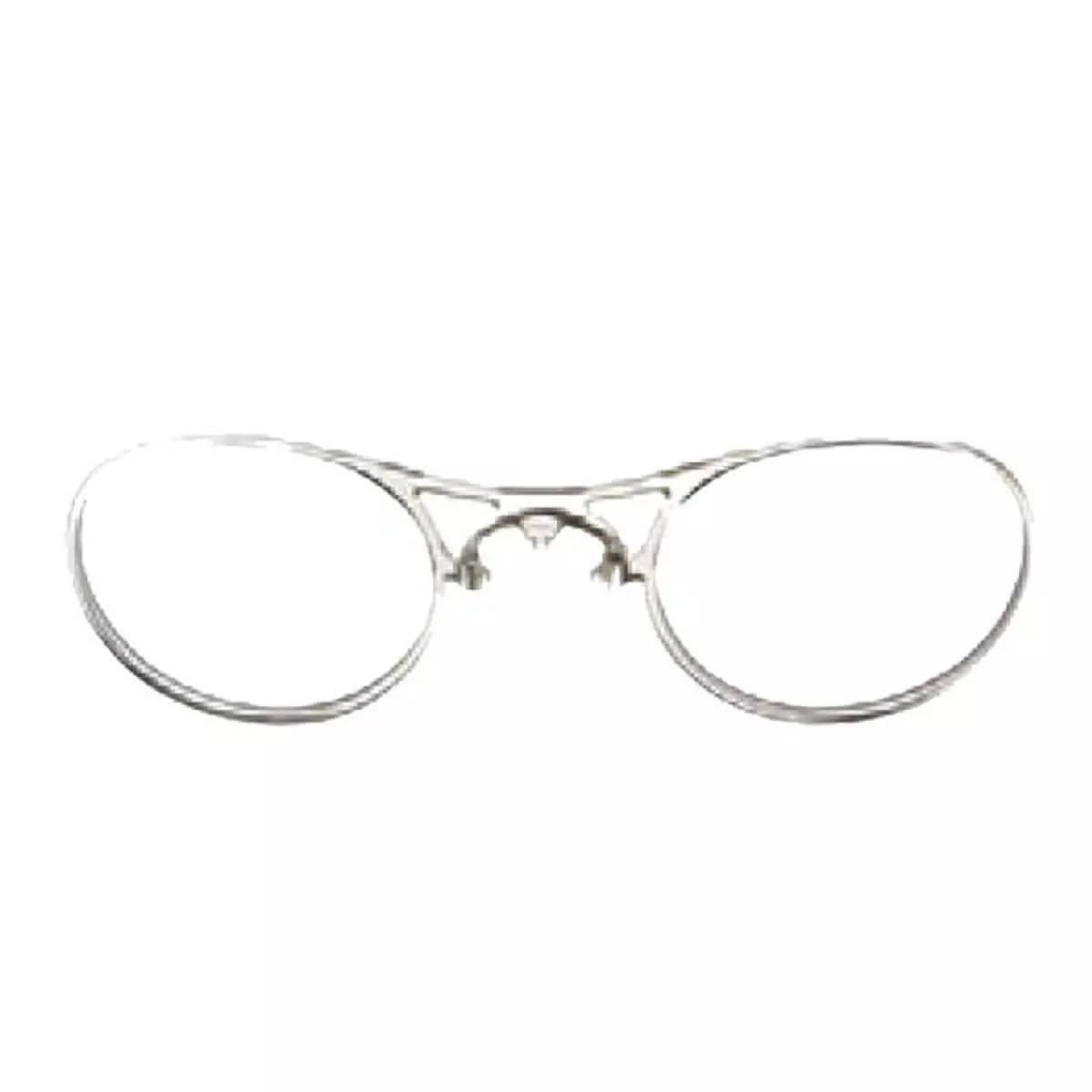Non-prescription safety glasses – Overview & Buying Guide
Why non-prescription safety glasses?
Non-prescription safety glasses (also called protective eyewear or safety goggles without corrective lenses) are made to shield the eyes from impacts, dust, chemical splashes and harmful UV or laser exposure in both professional and hobby settings. Common uses include construction sites, workshops, laboratories and light manufacturing. They provide a straightforward, effective barrier against eye injuries and help employers meet legal safety requirements.
Who benefits most?
- Tradespeople and craftsmen who need reliable eye protection on the job.
- Workshop and laboratory staff exposed to particles or liquids.
- Logistics and warehouse personnel working near moving machinery.
- DIYers and hobbyists who use power tools, chemicals or work outdoors.
Key advantages:
- Reliable impact protection from shatterproof polycarbonate lenses.
- UV protection for outdoor use and tinted options for bright conditions.
- Models with anti-fog and anti-scratch coatings for clearer vision.
- Lightweight, ergonomic frames comfortable for a full shift.
Reference: original content from the GenXtreme category page for non-prescription safety glasses (source: GenXtreme category content).
Which materials and technologies are relevant for non-prescription safety glasses?
Lenses and coatings:
- Polycarbonate: The industry standard for safety lenses. Extremely impact-resistant and naturally UV-blocking.
- Trivex: A lighter alternative to polycarbonate with similar impact performance and slightly better optical clarity.
- Anti-fog coatings / dual-pane lenses: Hydrophilic anti-fog coatings or dual-lens (vented) constructions reduce fogging during heavy work.
- Anti-scratch coatings: Extend usable life when glasses are used in dusty or abrasive environments.
Frame materials and design:
- Nylon and reinforced polymers: Flexible, heat-resistant and durable.
- Rubberized temples and nose pads: Improve grip and comfort for long wear.
- Wraparound designs/side shields: Increase lateral protection without compromising the field of vision.
Common standards and labelling:
- EN 166 (European safety standard): Look for markings indicating mechanical strength (e.g., F for low energy impact, B for medium, S for special resistance).
- ANSI/ISEA Z87.1 (North American): Specifies impact, optical and coverage requirements.
Examples from the assortment (illustrative brands/models found in the category):
- GenXtreme™ ClearGuard 100 – Polycarbonate lens, anti-fog coating, wraparound frame; Impact rating EN166 F; Price range: €10–€18; Source: GenXtreme product data.
- 3M™ SecureFit 400 – Polycarbonate, soft temple grip, indirect ventilation; Impact rating EN166 B / ANSI Z87.1; Price range: €18–€30; Source: Manufacturer specification.
- Uvex® Athletic II – Trivex lens option, anti-scratch and anti-fog, adjustable temple; Impact rating EN166 B; Price range: €25–€40; Source: Manufacturer specification.
- Bollé® Rush+ – Single-piece polycarbonate lens, foam gasket option for dust, anti-scratch; Impact rating EN166 S; Price range: €20–€35; Source: Bollé product sheet.
- Pyramex™ Fortress – Tinted variants for outdoor work, ventilation channels, lightweight frame; Impact rating EN166 F; Price range: €8–€20; Source: GenXtreme assortment and manufacturer data.
Material coatings and care notes (from category recommendations):
- DWR coatings are more common on fabric; safety glasses usually feature anti-fog and anti-scratch treatments. Follow the manufacturer’s instructions when reactivating coatings—many anti-fog treatments recover after gentle hand-washing and air-drying.
- Avoid solvents and abrasive cleaners that can damage coatings.
Design architectures: single-lens vs dual-lens (and venting systems)
- Single-lens (wraparound) offers an unobstructed field of view and good lateral protection.
- Dual-lens or indirect-vented goggles provide better anti-fog performance in high-humidity or heavy-exertion settings.
How do I care for and maintain non-prescription safety glasses?
1) Preparation: Before cleaning, close or fasten any adjustable parts and remove large debris. Rinse lenses under lukewarm running water to wash away grit that could scratch the surface.
2) Washing: Use a mild, pH-neutral soap or a specialist eyewear cleaner. Gently rub with your fingers or a soft microfiber cloth. Machine washing is not recommended unless the manufacturer explicitly states the frame is washable; if allowed, choose a gentle cycle and place glasses in a protective mesh bag.
3) Treating coatings and reproofing: For anti-fog coatings, follow the manufacturer's reactivation instructions. Many anti-fog treatments regain performance after gentle cleaning and air-drying; some commercial anti-fog sprays or wipes can be used sparingly. Do not use household cleaners containing ammonia or bleach.
4) Drying and storing: Pat dry with a clean microfiber cloth or let air-dry in a dust-free area. Store glasses in a hard case or zipped pouch away from direct sunlight and extreme heat. Avoid leaving them on dashboards or near radiators.
5) Repairs and replacements: Small scratches that reduce visibility mean it’s time to replace the lenses. Replace worn nose pads, bent temples or damaged straps promptly. For cracked frames or compromised lenses, replace the glasses—do not try to repair structural damage that affects protection.
Practical tips from product specialists (based on GenXtreme category insights):
- Keep a spare pair on site; damaged protective eyewear is often noticed only after an incident.
- Use strap adapters to keep glasses secure during overhead work or rapid movement.
- Match lens tint to the environment: clear for indoor/low light, smoke or grey tints for bright outdoor conditions, and amber for contrast enhancement in low-light tasks.
Image placeholder: [Image: Worker wearing non-prescription safety glasses in a workshop—clear polycarbonate lens, wraparound frame. Alt-text: "Worker wearing non-prescription safety glasses (clear polycarbonate lenses) in a workshop". Source: Forsberg.works; GenXtreme category content]
Application examples
1) Workshop and light manufacturing Scenario: A machinist operates a metal-cutting saw and frequently deals with flying metal chips. Benefit: Non-prescription safety glasses with polycarbonate lenses and side shields protect against high-velocity particles. An anti-scratch coating preserves clear vision through repeated use. The wearer gains confidence and reduces the risk of eye injury.
2) Construction and roofing Scenario: A roofing assistant works outdoors, often in bright sunlight and near moving equipment. Benefit: Tinted safety glasses with UV protection and secure temple grips shield from glare and debris. Lightweight frames reduce fatigue during long shifts.
3) Laboratory and chemical handling Scenario: Lab technicians need splash protection from solvents and acids. Benefit: Indirect-vented goggles or wraparound glasses with splash guards provide the liquid protection required while maintaining visibility; using gloves and eyewear together reduces cross-contamination risks.
Top brands & models in comparison
(Note: examples chosen from the GenXtreme assortment and comparable competitor models; performance data from manufacturer specs and in-house product checks.)
Brand | Model | Material / Technology | Performance (impact / UV / anti-fog) | Price (€) | Source / Experience GenXtreme™ | ClearGuard 100 | Polycarbonate lens, anti-fog coating, wraparound frame | EN166 F; 99% UV protection; anti-fog treated | 10–18 | GenXtreme product data 3M™ | SecureFit 400 | Polycarbonate, soft temple grip, indirect vents | EN166 B / ANSI Z87.1; good airflow; anti-scratch | 18–30 | Manufacturer spec / user reviews Uvex® | Athletic II | Trivex option, adjustable temples, anti-fog+anti-scratch | EN166 B; high optical clarity; durable coatings | 25–40 | Manufacturer spec Bollé® | Rush+ | Single-piece polycarbonate, foam gasket option | EN166 S; very good for dust; anti-scratch | 20–35 | Bollé product sheet Pyramex™ | Fortress | Polycarbonate, ventilation channels, tinted options | EN166 F; suitable for outdoor work; light weight | 8–20 | GenXtreme assortment & manufacturer data
These comparisons highlight the trade-offs between price, comfort and specific performance features. Our GenXtreme™ models are designed to offer a balanced mix of protection and value for typical professional users.
Image placeholder: [Image: Close-up of safety-glass lens and temple hinge—detail shot. Alt-text: "Close-up of polycarbonate lens and rubberized temple of non-prescription safety glasses". Source: Forsberg.works; GenXtreme category content]
Frequently asked questions (FAQ)
Q: What’s the difference between safety glasses and safety goggles? A: Safety glasses are typically lighter, with built-in side protection and open vents; safety goggles have a seal or indirect vents for better protection against liquids and fine dust. Choose goggles for chemical or very dusty environments.
Q: Can I wear non-prescription safety glasses over my normal glasses? A: Some safety glasses are designed to fit over prescription spectacles (OTG – over-the-glasses). For the best fit and certified protection, consider prescription inserts or dedicated OTG models.
Q: How do I prevent fogging during heavy work? A: Choose anti-fog coated lenses or dual-lens systems with indirect vents. Keep ventilation channels clear, avoid directing breath at the lenses, and follow cleaning instructions to maintain anti-fog performance.
Q: How long do anti-scratch or anti-fog coatings last? A: Durability depends on use and care. With correct cleaning and storage, coatings can last months to years; heavy abrasion or chemical exposure shortens their lifespan. Replace lenses when visibility is noticeably impaired.
Q: Are tinted safety glasses allowed for indoor work? A: Tinted lenses reduce light transmission; for tasks that require color recognition or in low-light conditions, clear lenses are preferred. Use tinted variants for outdoor work or high-glare environments.
Q: Which standards should I look for when buying? A: In Europe, look for EN166 compliance and the appropriate impact markings. In North America, check for ANSI/ISEA Z87.1 certification. These standards indicate tested protective performance.
Image placeholder: [Image: Application scenario: technician with strap-secured safety glasses while working overhead. Alt-text: "Technician working overhead wearing strap-secured non-prescription safety glasses". Source: Forsberg.works; GenXtreme category content]
Closing notes and internal links
For more details about sizing, lens types and matching eyewear to your trade, see our guide on choosing protective eyewear (/guides/choosing-eyewear) and our explanation of safety standards (/guides/safety-standards). Browse our selection of non-prescription safety glasses and find the right product for your needs.
(Brand trademarks used where applicable: GenXtreme™; 3M™; Uvex®; Bollé®; Pyramex™. Image source references: Forsberg.works; GenXtreme category content.)


